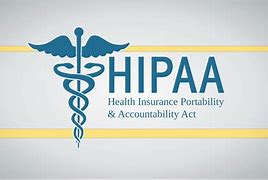Before surface disinfection can be effective, clinical surfaces MUST be cleaned of debris prior to…

NIOSH Needlestick Prevention Reminder
 The National Institute of Occupational Safety and Health (NIOSH), a division of the US Centers for Disease Control and Prevention (CDC) published an online article entitled “Needlesticks are Preventable” to remind healthcare personnel about the importance of sharps safety in healthcare. Healthcare personnel who use or may be exposed to needles are at increased risk of needlestick injury. Needlestick injuries can lead to serious or fatal infections with bloodborne pathogens such as hepatitis B virus, hepatitis C virus, or HIV.
The National Institute of Occupational Safety and Health (NIOSH), a division of the US Centers for Disease Control and Prevention (CDC) published an online article entitled “Needlesticks are Preventable” to remind healthcare personnel about the importance of sharps safety in healthcare. Healthcare personnel who use or may be exposed to needles are at increased risk of needlestick injury. Needlestick injuries can lead to serious or fatal infections with bloodborne pathogens such as hepatitis B virus, hepatitis C virus, or HIV.
During dental patient care, in addition to being properly trained, it is important to protect yourself from sharps injury by:
- Avoiding the use of needles where safe and effective alternatives are available.
- Helping your employer select and evaluate devices with safety features that reduce the risk of needlestick injury.
- Not passing or accepting exposed contaminated needles to/from another person.
- Not bending, breaking, or removing contaminated needles before disposal.
- If recapping is necessary, recapping the needle using the scoop method or a mechanical capping device prior to removing them from the nondisposable aspirating syringes.
- Disposing of contaminated needles in an approved sharps container as close as feasible to where the needles were used in the operatories. Do not place contaminated needles on the instrument tray to be retrieved/processed back in the sterilization area.
- Reporting all needlestick and sharps-related injuries promptly to ensure that you receive appropriate follow-up care.
For additional information on recommended practices on safely performing parenteral injections, refer to our blog from October 2018.
Since 1992, OSHA Review, Inc. has provided dental professionals with comprehensive programs to support regulatory compliance and infection control. We are a registered continuing education provider in the state of California, specializing in Dental Practice Act, infection control, and OSHA training.

